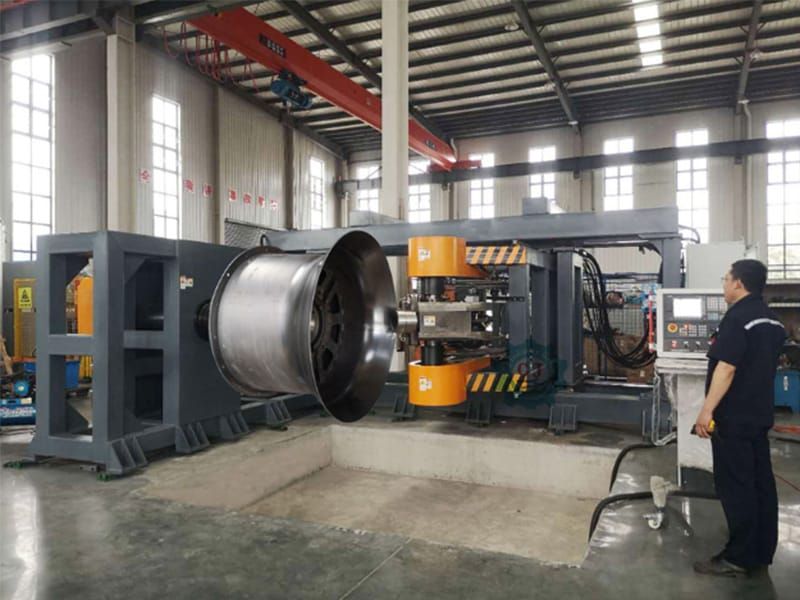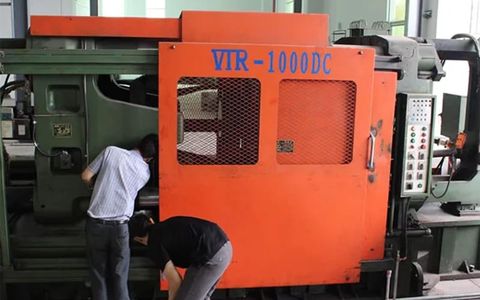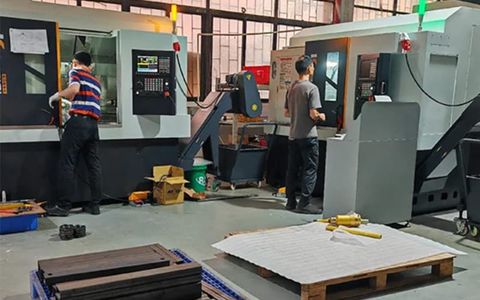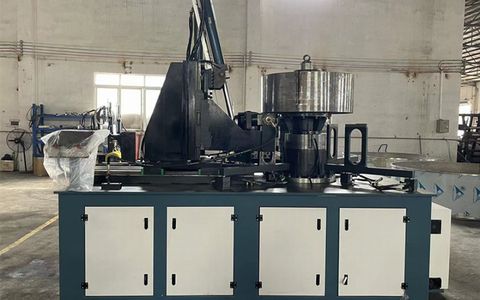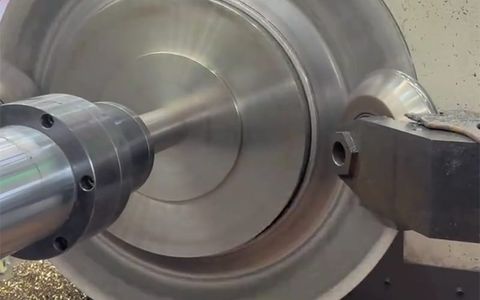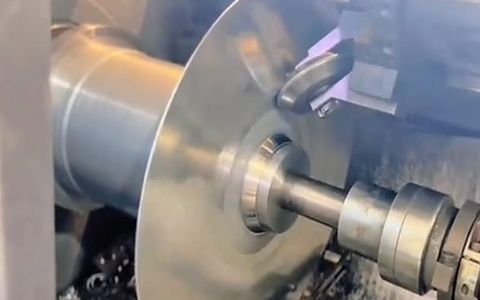Main features of spinning technology
Mechanical spinning is an incremental, locally formed cold processing (or hot processing) process.
Overview
Mechanical spinning is an incremental, locally formed cold processing (or hot processing) process.Its core principle is:
Fix a metal disc or tube billet on the core mold of the spinning machine and rotate at high speed with the spindle.Then, one or more molded rotating wheels apply pressure to the blank so that it fits the shape of the core mold point by point and layer by layer, thereby forming a hollow rotating body part with axisymmetric characteristics.
Main features
High material utilization rate: it is a near-net forming technology with very little material waste.
Excellent mechanical properties: During the spinning process, the metal grains are refined and the fibrous tissue is continuous, which significantly improves the strength, hardness and fatigue life of the parts.
High flexibility: Compared with traditional stamping molds, only the core mold usually needs to be replaced when replacing products, which has lower cost and shorter cycle times, which is very suitable for small and medium-sized mass production.
Good surface quality: a smooth surface can be obtained.
Core product application
The product mentioned in your document is a typical application of mechanical spinning technology:
Process: It is mainly used to manufacture the rim parts of aluminum alloy wheels for trucks, buses, special vehicles and high-end passenger cars.Through strong spinning, lightweight, high-strength and complex rims can be obtained.
Expanded value:
Compared with cast wheels, spinning wheels (commonly known as “spinning wheels”) are lighter and stronger, which are the key technologies for automobile lightweight and performance improvement.
Pressure vessel
Process: Used in the manufacture of various gas cylinders, storage tanks, etc.Through spinning, closing, reducing diameter and other operations, a sealed end is formed.Thin-walled, high-pressure containers can be manufactured.
Expanded value: It is widely used in fire protection, medical care, aerospace, energy (such as natural gas storage and transportation) and other fields.The materials are mostly made of high-strength steel or aluminum alloy.
Exhaust pipe diversion pipe
Process: Special-shaped pipe fittings in automobile exhaust systems, such as tapered pipes, bellows, etc.Spinning can achieve these complex variable cross-section shapes well.
Extended value:
to ensure smooth exhaust, to meet the engine performance requirements and the space requirements of the vehicle chassis layout.The material is usually heat-resistant stainless steel.
Suspension system aluminum alloy shock absorber housing:
Process: The outer cylinder of the shock absorber requires extremely high accuracy and strength.The spinning process can produce cylindrical parts with uniform wall thickness and smooth inner wall.
Extended value:it is directly related to the handling and safety of the vehicle.The aluminum alloy material realizes light weight while ensuring the necessary structural strength.
Aluminum alloy: the most commonly used lightweight material, with good plasticity and strength.It is mainly used for weight-sensitive components such as rims and shock absorber housings.
Stainless steel: it has good corrosion resistance and certain strength.It is mainly used in pressure vessels, kitchen equipment, building decoration and exhaust pipes where corrosion resistance is required.
Steel (carbon steel): high strength and relatively low cost.It is widely used in structural parts and pressure vessels in the general industrial field.
Other materials:Copper and brass: used in electrical components and decorations.
Titanium and titanium alloys: used in high-end fields such as aerospace and medical implants (usually hot spinning is required).
Nickel-based superalloys: used in aviation engine parts (usually hot spinning is required).
Fourth, the form of semi-finished products
The key to craftsmanship:
Discs: Used to manufacture parts that are closed or open at one end (such as rims, container heads).
Tube billet: Used to manufacture tubular parts (such as shock absorber housing, gas cylinder body), which can be expanded, reduced or shaped on the basis of it.
Stamping parts: Refers to the pre-formed blank, for example, first stamping out a shallow bowl shape, and then spinning, which can improve production efficiency and forming limit.
Expansion of technical details (strong spinning and ordinary spinning)
Ordinary spinning: During the forming process, the thickness of the blank remains basically the same or only slightly changes.The main purpose is to change the shape.For example, making bowls, plates, and tapered pieces.
Strong spinning: During the forming process, the thickness of the blank is thinned in a controlled manner and the diameter is increased.This process can greatly improve the strength of parts and is the key to manufacturing high-strength thin-walled parts.The rims, high-pressure containers, and shock absorber housings mentioned in your document most likely use powerful spinning technology.
Summary of industry applications
Aerospace: rocket engine housing, missile nose cone, aircraft auxiliary fuel tank.
Energy and chemical industry: large reactor heads, nuclear power components.
Industrial manufacturing: blower housing, laser cavity, large lampshade.
Daily hardware: pots and pans (the body of many high-end non-stick pans is spun and formed), vases, and decorations.
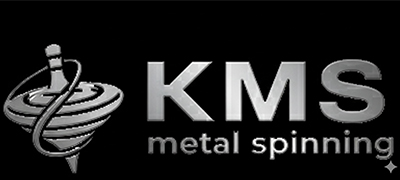
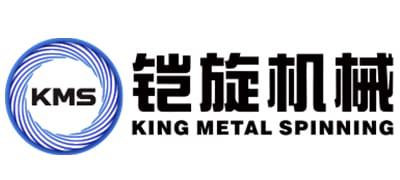
 English
English
 Deutsch
Deutsch
 العربيّة
العربيّة
